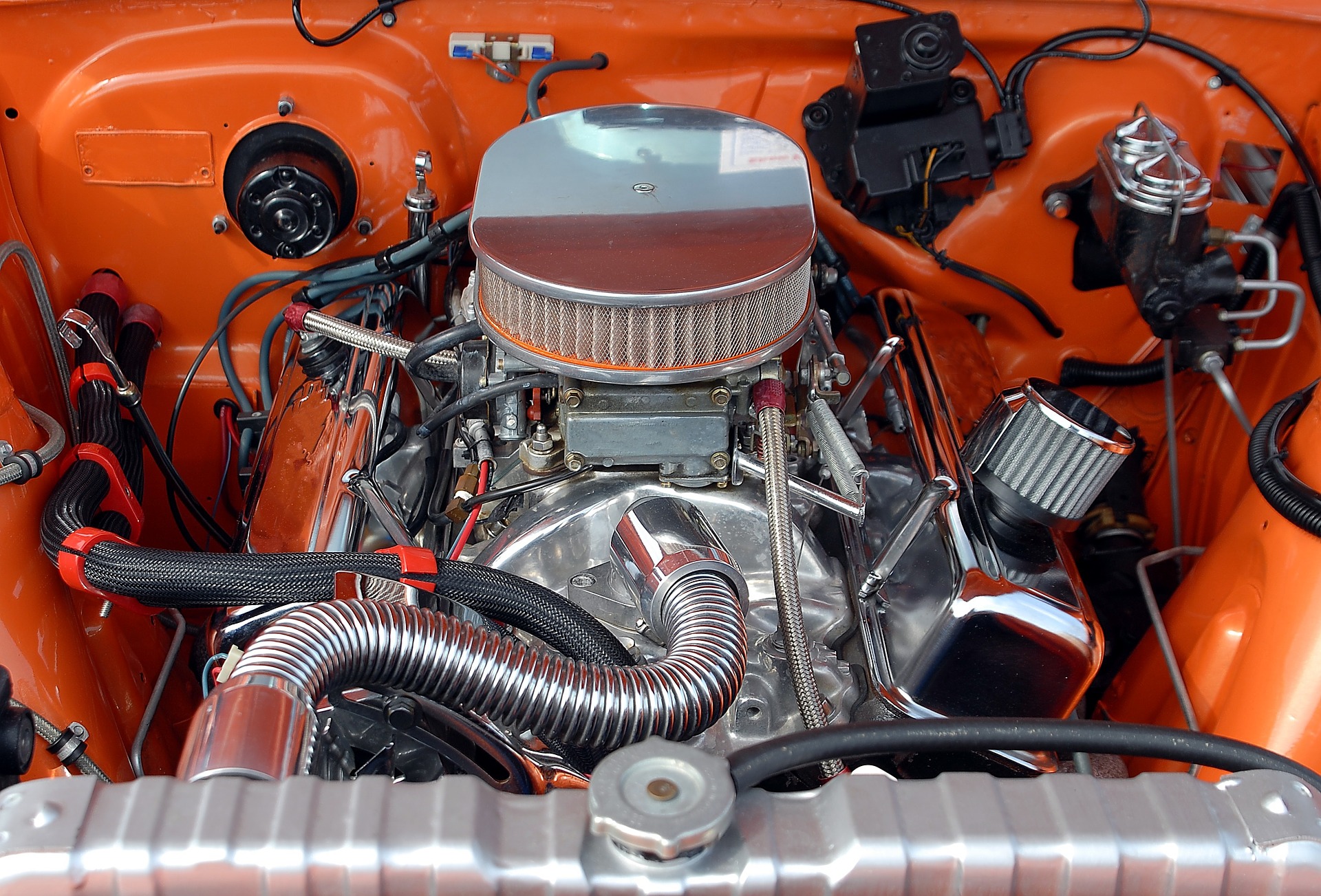A classic car restoration can be incredibly fun, but it requires proper planning, budgeting, and part sourcing—plus plenty of time and patience. For your restoration, you may only have to fix or replace rusted parts, or you might be completely overhauling the vehicle’s body and interior. Whether you’re looking to restore vintage vehicles as a hobby or side hustle, here are six tips to minimize issues, keep costs in check, and enjoy the experience.
Find the Right Car for the Project
Finding the right vehicle, especially if you’re hoping to sell the vehicle for profit, is half the battle when it comes to classic car restoration. Don’t just look for used models of your favorite classic car. Instead, scour popular online markets, like AutoTrader and Craigslist, to see which cars are the most in-demand. When dealing with individual sellers, make sure to verify that the car still runs. It might be tempting to buy a rare vehicle, but repair costs can easily exceed the price for which you might eventually sell the vehicle.
Some rust is OK, but it’s best to avoid buying classic cars with extensive rust on the frame or body. Insurance companies consider these vehicles a total loss and repairs can be both too costly and time-consuming. After an inspection of the vehicle, you should put together a list of repairs needed, along with quotes for each job to get an idea as to how much of an investment the project requires. If you’re planning to sell the restored vehicle, make sure the purchase price and repair costs are lower than the price estimate of the vehicle in excellent condition.
Stick to Your Budget
Budgeting is a crucial aspect of restoring classic cars—for example, the cost for replacement parts alone can be as high as $15,000 for a complete restoration project. Add about 30 percent to your original repair estimate to account for any additional problems you might discover.
Stripping and Replacing Parts
Once you begin stripping the vehicle of its interior and removing all parts (headlights, window glass, external panels, etc.), be sure to keep everything stored neatly in a clean area where it won’t get covered in dust. Add any other items that might need replacing to your list, but don’t throw them away as you’ll need them for comparison with replacement parts, particularly cheaper aftermarket or used alternatives. You may even be able to sell some older or unused parts online to recoup some of the cost for buying new parts.
Organization is also crucial. Depending on the vehicle and the scope of the restoration, you could be removing thousands of parts, including tiny screws, nuts, bolts, and clips. Keep these stored in a parts bin or place them in a zip bag taped to the part with which they belong. You should also label all parts and take pictures to show how the pipework and wiring is routed and how components fit.
Know Your Limits
Fixing all issues and replacing all necessary parts is a time-consuming and costly process. It can also be difficult even for experienced mechanics, let alone those who work on classic cars as a hobby. Recognize your own limitations and seek outside help when you need it. It’s one thing if you’re taking on a restoration project solely for fun or to learn about auto mechanics. In this case, the end result might be less important to you.
However, if you want to sell the car—or even if you just want a reliable working vehicle to show off in beautifully restored condition—it’s better to have the job done to the highest standard rather than trying to do it yourself. For example, spray painting a restored body can be tedious and time-consuming and can end up looking amateurish if you don’t have a steady hand. This is one job where it’s best to enlist the help of a professional.
At the very least, consult with experts when dealing with repair jobs about which you’re unsure, such as upgrading the engine. A mechanic, for instance, can inspect the engine to tell you which parts need replacing and detect other issues, such as worn valves and bearings.
Make Sure You Have Good Tools
The list of tools needed for a classic car restoration is extensive. Beyond a good set of hand tools (screwdrivers, spanners, hammers, etc.), you’ll need an angle grinder to strip down rusted parts. A high-quality power drill can also make things easier. While you don’t necessarily have to buy all new tools, make sure they’re at least good quality. Cheap tools are generally more likely to break or won’t function as effectively as quality tools. To save money, look online or at yard sales for quality tools. If possible, borrow specialty tools, such as air compressors and engine cranes, from friends or neighbors.
Enjoy Small Victories
Whether a big or small job, repairing classic cars is supposed to be fun. It’s challenging, oftentimes frustrating, and can drag on much longer than you intended. That’s why it’s important to enjoy the process and appreciate the work you’ve done. Take pride in the small goals you’ve achieved and imagine how rewarding it will be when the job is finished and you can finally take the restored car for a spin.
